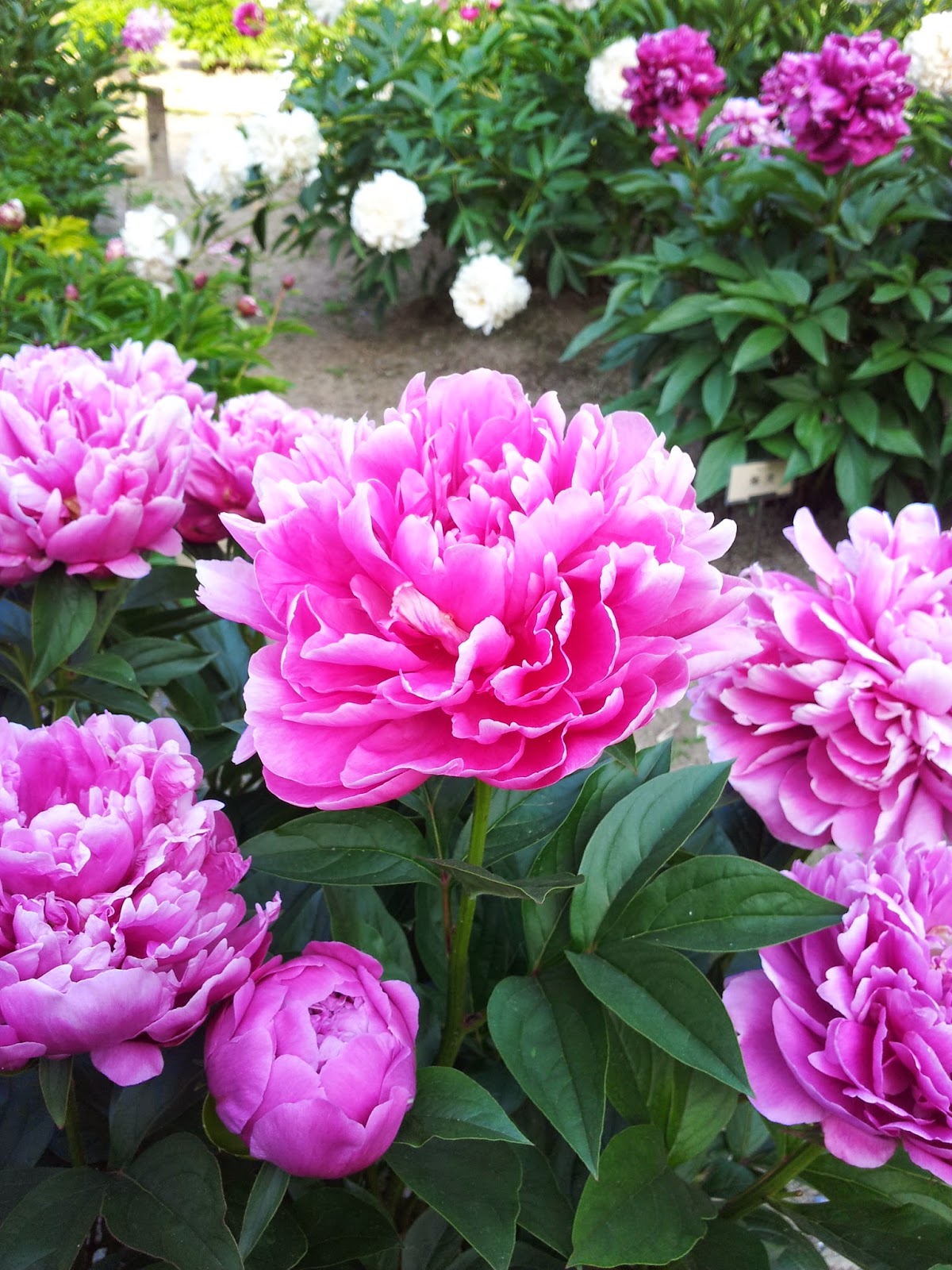This sounded so interesting I right away dropped the thought of screen printing, I wanted to learn this old Japanese painting technique, because that is what I came here for, to learn new techniques and skills.
The classes started off a bit different than I had imagined, incredibly slow. But in the end everything made sense because every week we were learning techniques step by step to be used in later weeks for more important works on which we could then work freely with previous knowledge of material
Also my teacher is the sweetest person, he is in his sixties I would guess and extremely serious and passionate about Nihonga but he is also very funny and makes everyone laugh. Though he speaks only Japanese and Italian and no English he tries his very best and of course I speak as much Japanese as I can. He recently had an exhibition in one of Kyoto's most important museums.
.
The first week we sketched a paper ball that was in front of us on the table. Next week we traced the paper ball sketch onto a better quality paper. That same day we learned how to work with an ink stone and water to create Japanese Sumi technique. We had to trace an image by a famous sumi painter onto tracing paper with brush and ink.
We prepared another piece of paper with a white seashell mixture called Gofun. Also we spread the gofun preparation on the ball paper
Then next week we finally started to paint the ball with pigments. The pigments you bind by using nikawa, an oily substance which you rub into the pigments with your finger to create a paint.
.
There was also a week where we only drew goldfish which were placed in tiny glass bowls onto our desks. At the end of the day of course one of them died, but only because he hit his head whilest being put back in the big basin.
I was rebellious that day and didn't draw the goldfish beautifully like you should in nihonga, but drew them distorted by the glass instead, giving them the strange long faces and bodies that the glass curves cause. I thought this was more interesting and my classmates thought it was funny. Think we would never do something with the goldfish sketches I only drew distorted ones.
The next week we went to the botanical gardens to sketch our favorite flower.
I chose this big, blooming peony.
Then we finally came to working with the gold leaf. It went extremely well and people asked if it was my first time or if I had done it before. It was really my first time but I guess I am just very careful. It is so fine that it rips with the smallest wrong movement.
The week after the gold leaf laying we made leaf designs on the gold leaf and painted them with the pigments. The leafs we had to sketch as a homework assignment 2 weeks before.
My incredible sweet teacher, Dote-sensei, let out several cries of happiness such as 'OOOH' and 'GOOD! MISS EBITA' at my design. My classmates seemed impressed too as they gathered around my desk to look at the design.
I thought and still think I made not particulairly amazing. But it was very nice to get to work with the pigments directly on the goldleaf.
.
And yesterday we started working on the fan design.
Dote-sensei explained in Japanese that we would be putting our previously made goldfish sketches on there. To my shock! As I only had the weirdly distorted goldfish.
But, while tracing my original sketches onto the paper, I came to a conclusion and decided that I would rather have a fan with the interesting concept of distorted fish than one with just fish.
I wrote down 'Gurasu no Yugami' in my sketchbook. Which means 'distortion by glass', for better understanding by my classmates and teacher. My teacher laughed at the fish with an approving smile.
This is how the fan shape turned out. Goldleaf inlay and one dark pigment color fading to light.





























Mooi! Wat leer je daar veel hè!
BeantwoordenVerwijderenPrachtig Evita! Dat bladgoud is heel mooi en ook die distorted goldfishes zijn zo mooi.
BeantwoordenVerwijderen